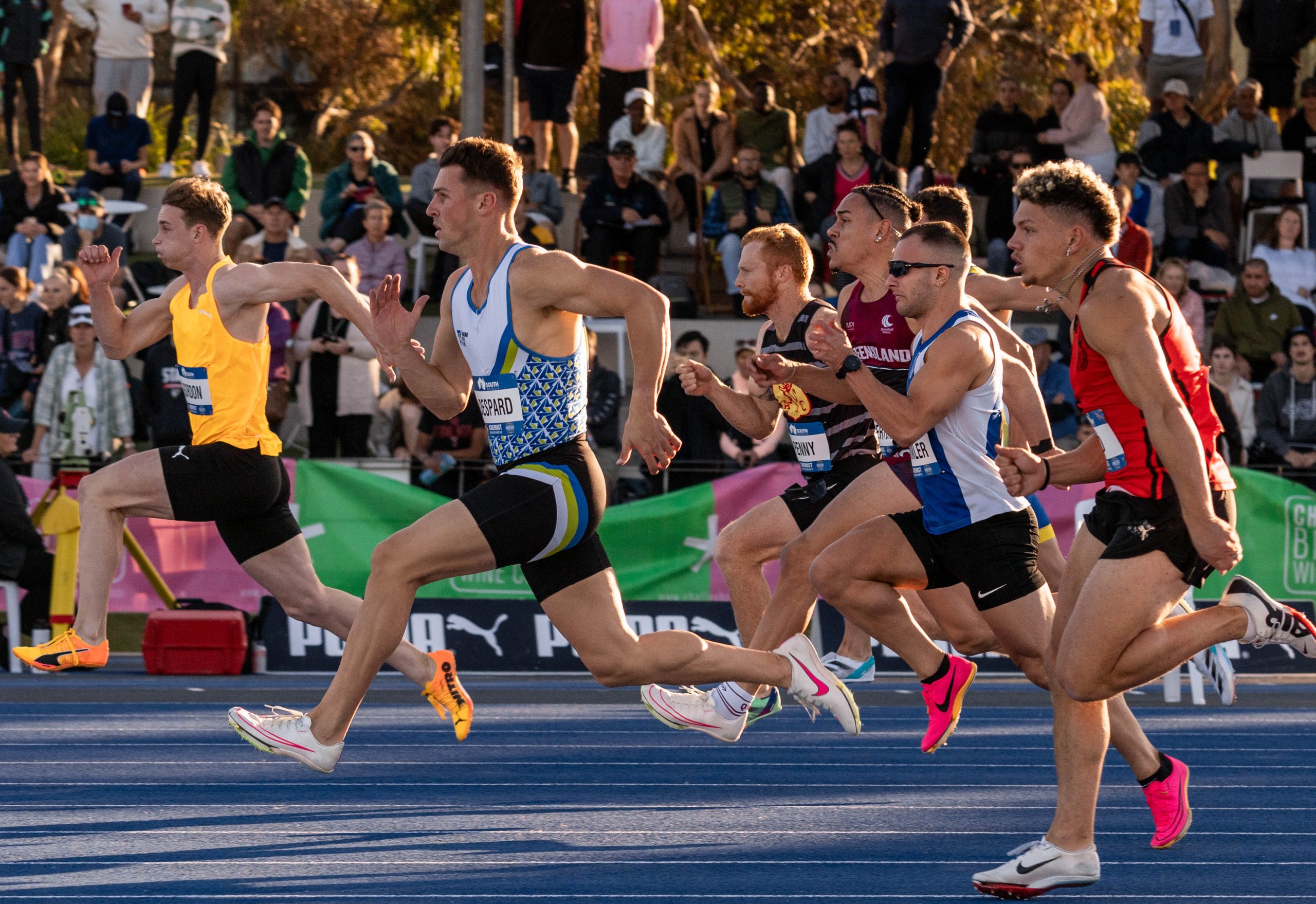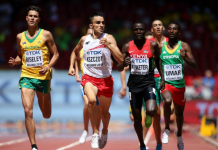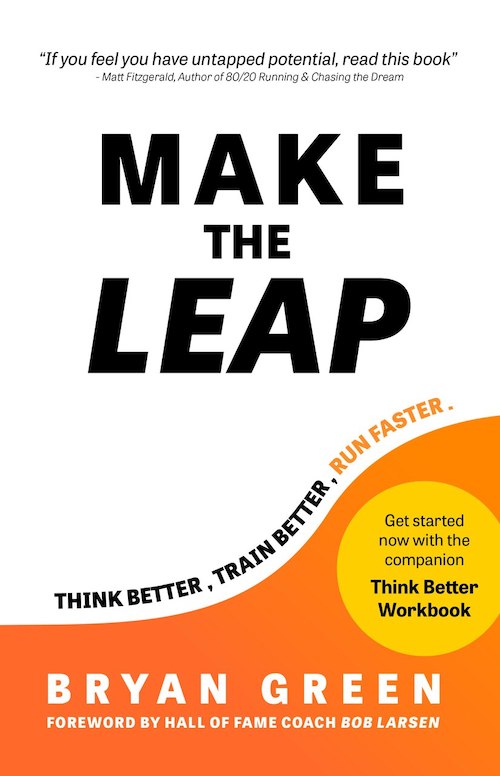You might be familiar with the old Australian joke about Ned Kelly’s axe (if not, ask your oldest surviving family member).
A stranger approaches you at a pub offering a chance to purchase an axe once owned by Ned Kelly. The implement looks more Bunnings twenty-first century than one that belonged to a man hanged in 1880 you say, to which comes the reply: “well, it has had a few new blades and new handles.”
Ned Kelly’s axe, meet the Australian Short Track championships. The championships, whose inaugural edition will be in Sydney next February, were announced by Athletics Australia on Friday (22 November) this week, touted as an opportunity for athletes to rack up rankings points/outright qualification for the world indoor championships and world championships to be held later in 2025.
The short track titles will be short of – well, they will be short of track events and totally bereft of Olympic or world championships events. The one-day meeting will include only the flat 60 metres and flat 60 hurdles. You can qualify outright for the world indoor championships with a 100 metres performance (10.90 for women, 9.92 for men), but no matter how fast you run for 60 metres it won’t count as an automatic qualifier for the outdoor 100 though it may count for ranking points.
World Athletics largely abolished any distinction between indoor and outdoor athletics with the creation last year of short track athletics. As the announcement of the Australian titles had it: “Formerly referred to as indoor by World Athletics, short track was introduced in November 2023 and encompasses performances achieved on a 200-metre oval track facility as opposed to a standard 400m oval track facility, and events held outside of traditional environments (street races, town square events).”
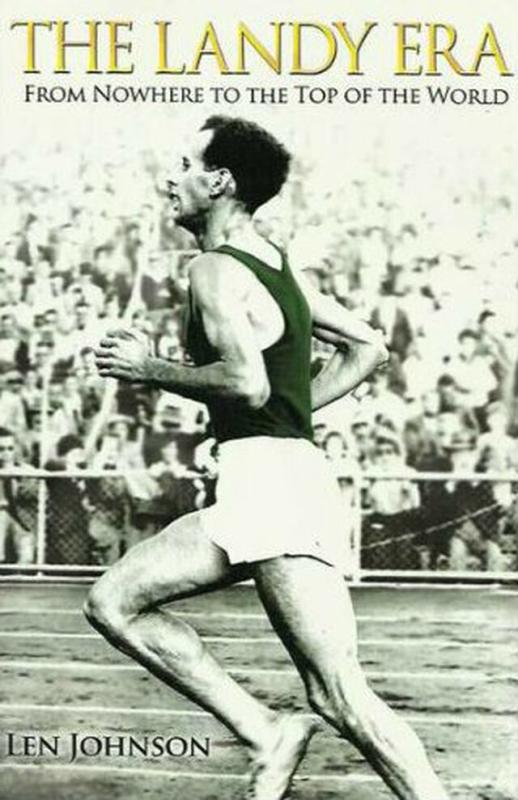
“Indoor” is retained however in the formal title of world indoor championships.
As the AA press release also had it, Australia does not have either an indoor or outdoor short track facility. That doesn’t represent any problem for a straight 60 metres sprint or hurdles, but it does make it difficult to conduct any of the other track events – 100, 200, 800, 1500 and 3000 – on the world championships program.
As Peter Cook’s bumbling aristocrat Sir Arthur Greeb-Streebling might have put it, “Well, I think the word difficult is an awfully good one here . . . It’s nigh impossible.”
Given Australia’s lack of indoor or short-course facilities it might seem Australia faces a “nigh impossible” task of staging a short-course meeting, much less a championship.
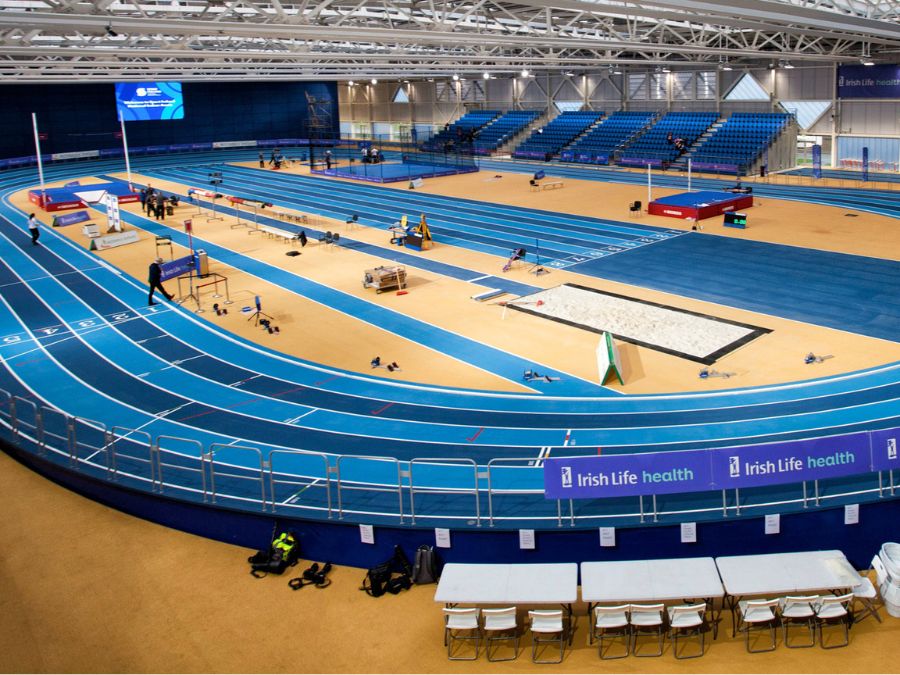
Not so. Most of the athletics world – read the northern hemisphere, has a second, indoor national championships in which athletes can attain higher rankings points for both the short and long-track major championships. World Athletics has apparently accepted that some equity should apply.
“Given Australia currently does not have a competition-ready 200m short track facility, World Athletics has granted a permit for the first Australian Short Track Athletics Championships to be held on a regular 400m track in events not requiring a banked 200m track – levelling the playing field for Australian athletes gunning to qualify for the World Athletics Indoor Championships and World Athletics Championships,” Athletics Australia says.
So, there we have it. A short track championships we will have, even if it lacks any element that would define it as short – you can, and we have, run 60s on an outdoor track – and does sound suspiciously like Ned Kelly’s axe.

All levity aside, however, the more championships Australian athletes can aspire to and get to the better. Until relatively recent years the world indoor championships seemed something of an indulgence, taking some of our best athletes away from the domestic season at a time it was building to the national titles.
This was a view your correspondent shared up to a point, but competitive opportunities keep on opening up around the world and Australian athletes have a right to want to be involved.
Coupled with this, the more broadly successful Australian Olympic and world championships teams have widened the public’s perception of what success represent in the sport. It’s no longer the Olympics (or Commonwealths, or worlds) or bust as far as sports fans are concerned. Success anywhere on the athletics world circuit is recognised, just as it is with Australians in other sports like tennis and golf.
The announcement comes amid several other good news stories for Australian athletics. There will be a 2026 Commonwealth Games (albeit Glasgow is a long way from Geelong), Seven has signed up to a renewed television deal, Victoria has boosted funding for Melbourne’s World Continental Tour gold meeting.

Roll on the Australian short track championships then. I’ll appreciate them as – with its heavy field event weighting – will those who prefer to see their athletics as field and track rather than track and field. And, with the world championships in Nanjing rather than Europe or North America, we can watch it all in our own time.
Then, a few short months later, there’s the world outdoor championships in Tokyo. Much the same time zone again and even bigger.
What’s not to like.







